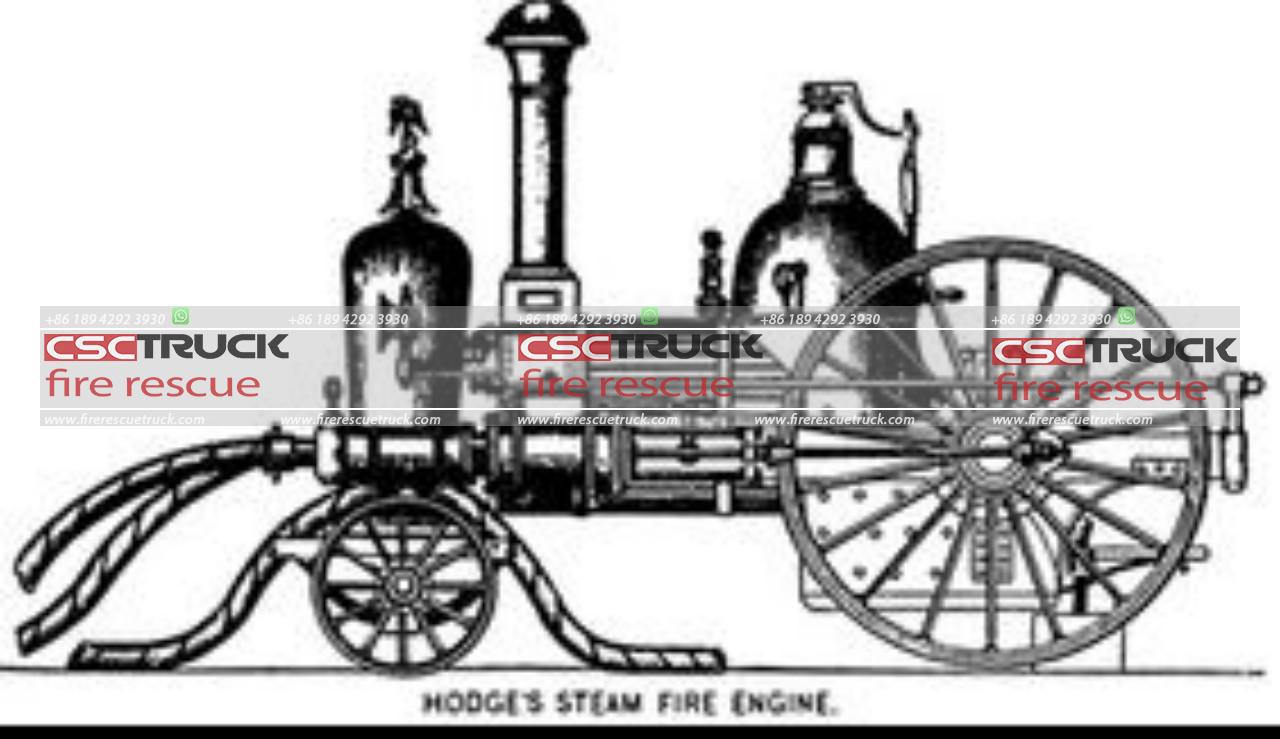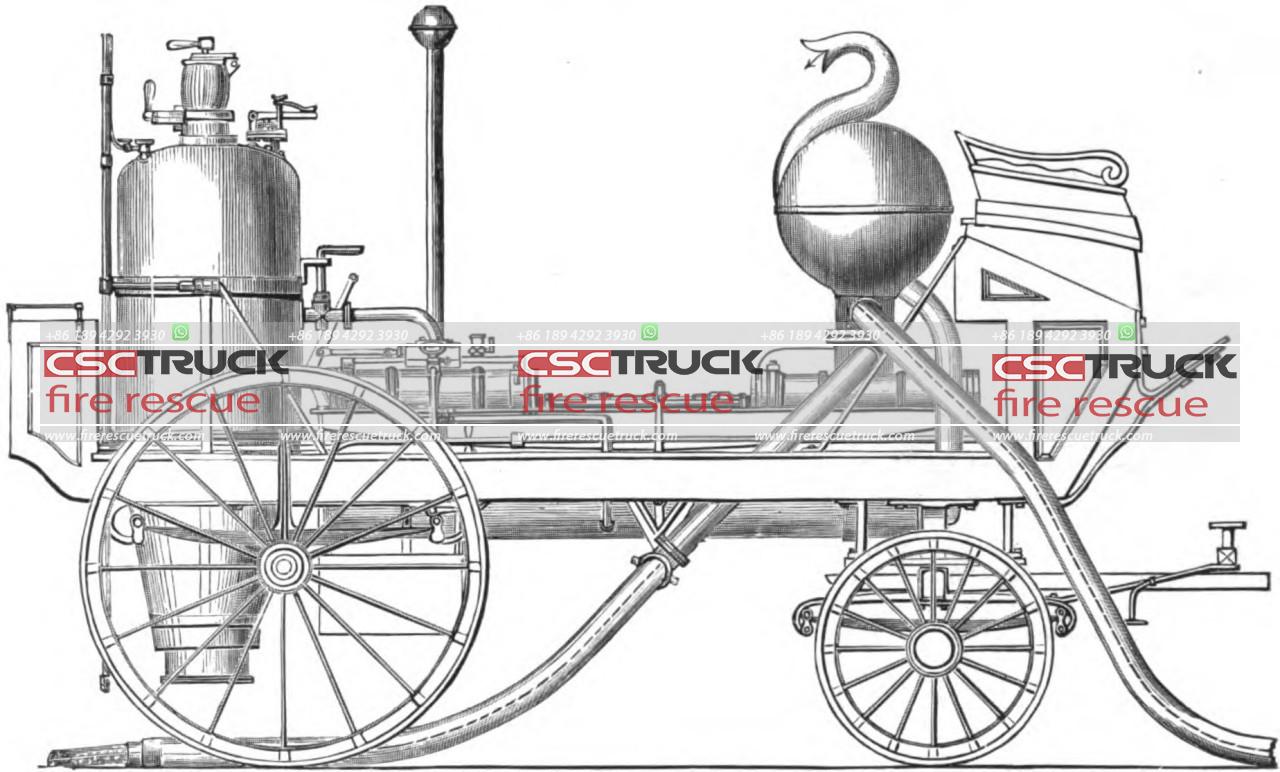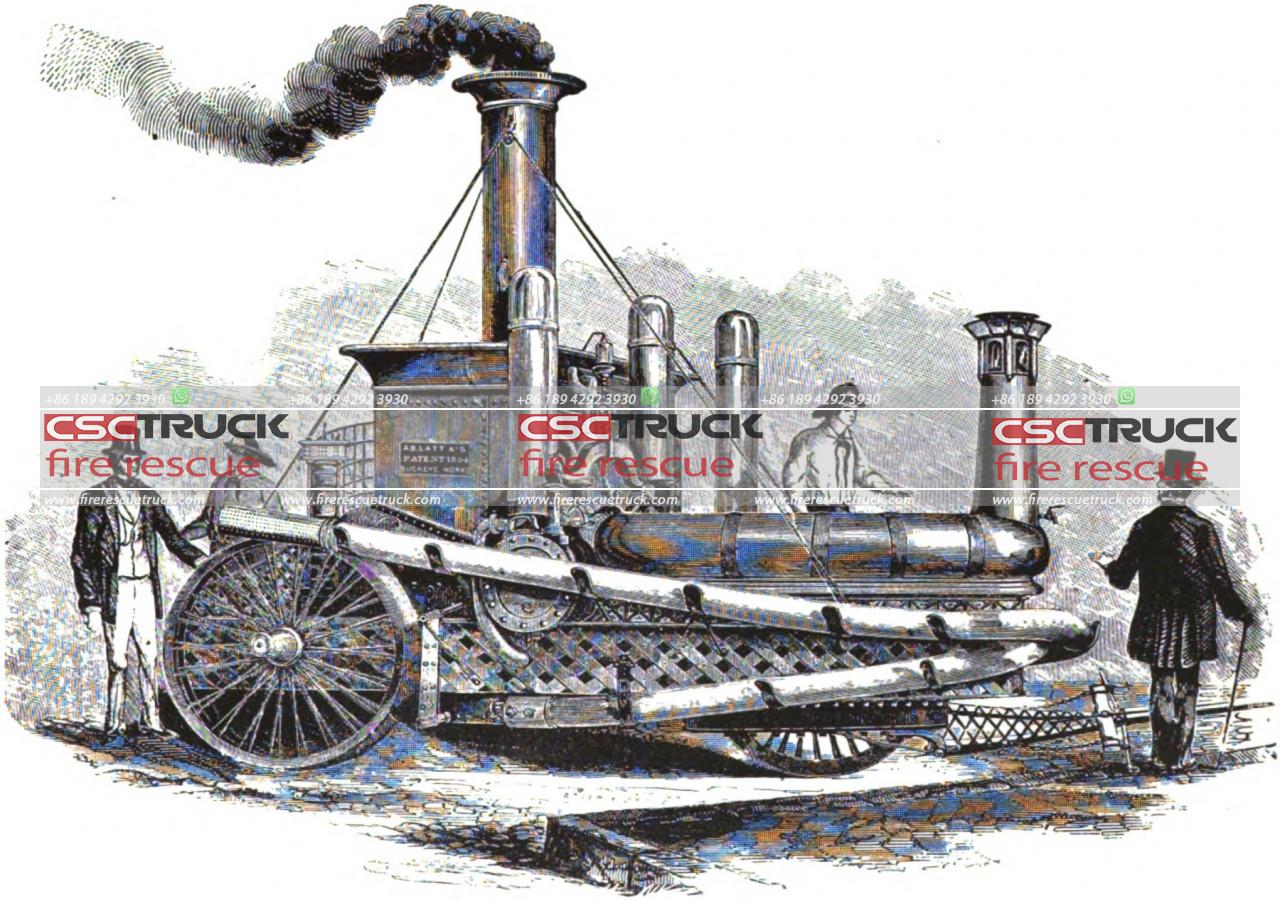What’s the Oldest Fire Truck?
With their blazing sirens and iconic red bodies, fire trucks stand as symbols of safety and rescue in communities worldwide. Behind their modern designs and advanced firefighting capabilities lies a rich history that dates back centuries. Exploring the question of the oldest fire truck unveils a journey through innovation, necessity, and the evolution of firefighting technology.
Early Beginnings: From Hand Pumpers to Steam Engines
The concept of organized firefighting can be traced back to ancient Rome and beyond, where bucket brigades were used to combat fires. However, the evolution towards mechanized firefighting equipment began in earnest in Europe in the late 17th century. One of the earliest documented forms of fire apparatus was the hand pumper, which required teams of firefighters to manually pump water from nearby sources onto the flames. These rudimentary devices marked the beginning of organized fire response units.
The transition from hand pumpers to steam-powered fire engines in the early 19th century marked a significant leap in firefighting technology. Steam fire engines were more powerful and efficient, capable of pumping water at higher pressures and volumes. The introduction of steam-powered pumps reduced reliance on manpower and increased the effectiveness of firefighting efforts, especially in urban settings where large fires were a frequent threat.

The Emergence of Horse-Drawn Fire Engines
By the mid-19th century, horse-drawn fire engines became commonplace in many cities around the world. These engines were equipped with hand-operated pumps or steam-powered mechanisms and were significantly faster and more maneuverable than their predecessors. Horse-drawn fire engines represented a major advancement in mobility and response time, allowing firefighters to reach fires quickly and transport larger quantities of water and equipment.
One of the oldest surviving examples of a horse-drawn fire engine dates back to the early 1800s, preserved in museums as a testament to the craftsmanship and innovation of its time. These early fire engines were meticulously crafted, often adorned with intricate carvings and brass fittings, reflecting the pride and dedication of firefighters and craftsmen alike.
Transition to Motorized Fire Trucks
The early 20th century witnessed another transformative shift with the advent of motorized fire trucks. The introduction of gasoline engines and later diesel engines revolutionized firefighting capabilities, offering greater speed, reliability, and operational flexibility. Motorized fire trucks enabled firefighters to respond to emergencies more swiftly and efficiently, carrying larger water tanks and a wider array of specialized equipment.
The Ford Model T, adapted for firefighting purposes in the 1910s, marked a significant milestone in the evolution of fire apparatus. Its affordability and widespread availability made motorized fire trucks accessible to fire departments of varying sizes and budgets, further enhancing their effectiveness in fire suppression and rescue operations.

Preservation and Legacy
Preserving the oldest fire trucks serves not only to honor their historical significance but also to showcase the evolution of firefighting technology. Museums and historical societies worldwide curate collections of antique fire apparatus, meticulously restoring and maintaining these artifacts for future generations to appreciate.
The preservation efforts extend beyond mere display; they serve as educational tools, allowing visitors to glimpse into the past and understand the challenges faced by early firefighters. The craftsmanship and ingenuity displayed in these preserved fire trucks highlight the dedication of those who designed, built, and operated them in times of crisis.
Modern Innovations and Challenges
In the present day, fire trucks continue to evolve with advancements in technology and firefighting techniques. Modern fire apparatus are equipped with state-of-the-art features such as aerial ladders, compressed air foam systems, and thermal imaging cameras, reflecting ongoing efforts to enhance firefighter safety and operational efficiency.
Despite these innovations, firefighters around the world continue to face formidable challenges, including increasingly complex urban environments, hazardous materials incidents, and natural disasters exacerbated by climate change. The legacy of the oldest fire trucks reminds us of the resilience and adaptability of firefighting professionals throughout history, as they continue to safeguard communities and respond to emergencies with courage and dedication.

Conclusion
The quest to identify the oldest fire truck leads us on a journey through centuries of innovation, from humble hand pumpers to sophisticated modern apparatus. Each milestone in the evolution of fire trucks reflects not only technological progress but also the enduring commitment of firefighters to protect lives and property. As we look to the future, the legacy of the oldest fire trucks serves as a reminder of the bravery and innovation that define firefighting as a noble profession dedicated to serving and safeguarding communities worldwide.







